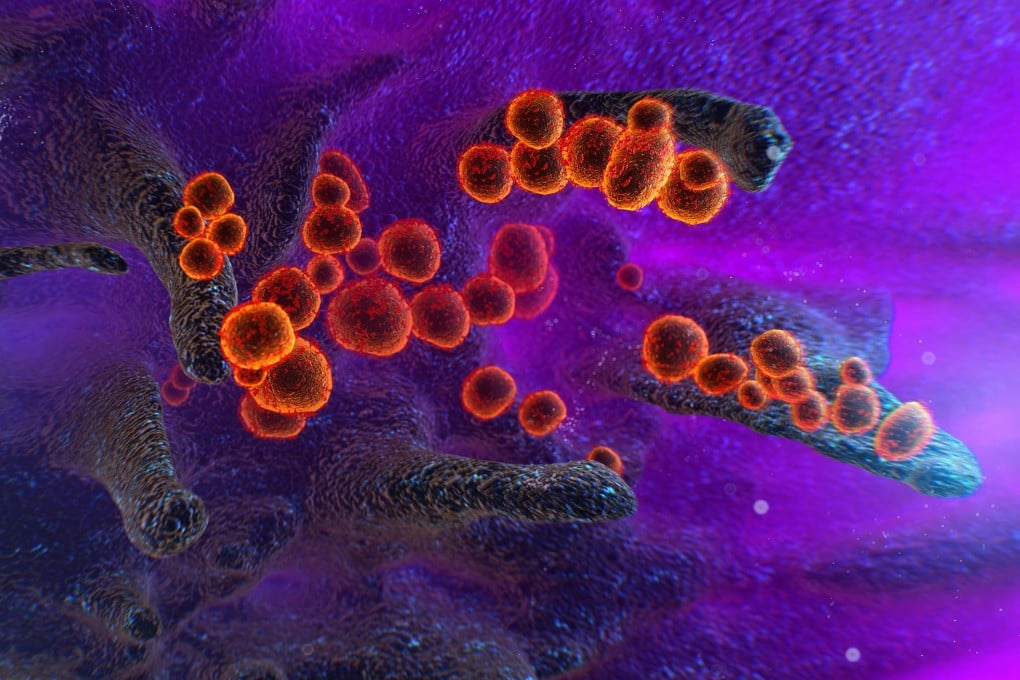Coronavirus origins: WHO’s Sago experts sit down for first meeting
- Months in the making, the 27-member scientific advisory group begins its ‘critical work at a critical time’
- World Health Organization chief Tedros says the group’s aim is to bring focus squarely back to the science

“As you know, the politicisation of the origins of [the coronavirus] has become a serious barrier to the scientific process of understanding where this virus came from. That puts the whole world at risk,” Tedros told the meeting. “The aim of this group is to bring the focus squarely back to the science.”
Pressure has been on the WHO for progress on the question of how the coronavirus that causes Covid-19 first began spreading in humans. Its work has been mired in controversy following a WHO-led mission earlier this year to Wuhan, in the central Chinese province of Hubei, where the virus was first identified in late 2019.
At the heart of the contention is whether the virus could have emerged from a research accident involving a Wuhan laboratory studying bat coronaviruses – a hypothesis Beijing has staunchly denied, citing internal lab audits.
The earlier WHO group all but dismissed the theory, but Tedros and other scientists called for more rigorous evaluation of that and other hypotheses, including that the virus – like many others before it – had crossed over to humans via natural contact with wildlife.
But a question mark hangs over the extent to which international field research can continue in China, after Beijing in July rejected a WHO outline for further international fieldwork, balking at the inclusion of lab audits. Other nations, including the US, have called for an investigation into all hypotheses.
Meanwhile, two years have passed since the virus is believed to have jumped to people, making it potentially more difficult for scientists to trace clues like antibodies in the blood of animals or humans.

